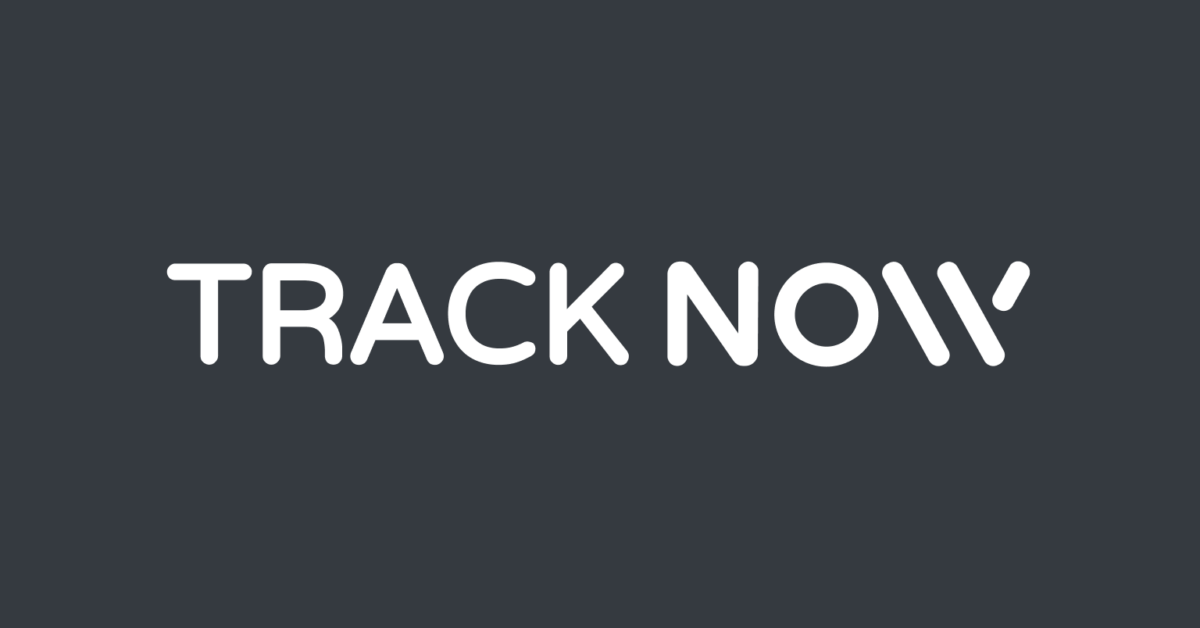What is Link Baiting?
A link bait is a piece of valuable content on a website that’s designed to encourage backlinks. It’s supposed to compel visitors and readers to feature a link to your site, using it as reference, for instance, on their respective websites. Link baiting may involve the use of a helpful image, video, infographics, or article.
What’s the Benefit of Link Baiting?
Link baiting, which must not be confused with click baiting (a false form of advertising), is used to bring in more visitors to a website through genuine value. By having its link seen on other platforms, a website can generate higher traffic.
Higher website traffic leads to better search engine rankings—the search engine’s algorithm would choose that specific site over other similar ones and displays it on the top of search results. Link baiting is an efficient but ethical way to get more people to visit a website.
How Does Link Baiting Work?
The concept of link baiting is simple. First, the person encounters the link bait on a digital page. If they click on the link bait and enjoy the content it leads to, it can ultimately lead them to display a link to it on their website or social media page.
While the process of how link baits work may be simple, creating one may not be as straightforward. Knowledge about graphics creation, video creation, and writing will come in handy.
Good Link Baits
- Create content with massive value
Companies must consider the topics that are relevant to their business and determine what information would provide real value to their target audience. If the business is about food, a great link bait would be a calorie count infographic.
Images and videos that show a lot of summarized information are some types of media that engage more people, compared to long, wordy articles.
- Appeal to the audience’s emotions
Emotions play a significant role in swaying readers. Link baits that move a reader and make them feel happiness, excitement, or even anger, are effective in drawing and keeping attention. Materials that feature funny images or infographics with shocking statistics are among the common types of content that people share.
- More graphics and more videos
A lot of people nowadays are more attentive to visual cues, which is why video-sharing platforms are booming. Create valuable content that is image-heavy. People like seeing to believe and some just want to be entertained. Hiring a great multimedia artist can be a good investment for a business.
- Top 10 Lists
It may be top 10 or even just top 5, but sharing lists is a great way to drive traffic to a website. People are drawn to compact information and are constantly seeking summarized recommendations.
The list should be related to the website’s products and services. A gaming website would choose to create content, such as “Top 10 MMORPGs in 2020” or “Top 20 Gaming Platforms”. A great example of a top list can be found here.
- Social media
Social media is one of the most effective ways to drive visits to a website, and it is where almost all link baits are posted. Since it’s best to limit captions on social media to just a few words, links to more detailed content hosted on other platforms, such as a website, are used to deliver more value to the audience.
Link baiting through social media is a common approach and is considered as a form of Social Media Marketing.
- Other forms
Link baiting can also be done through widgets, contests, guest posting, and other forms of online content. Unfortunately, not many people are familiar with widget creation, and some other forms of link baiting require third-party programs or websites to create the resources for it.
Coming up with website content that compels the audience to link back to you isn’t as easy as it sounds. It may take years if you don’t have the writing or graphic skills required. Fortunately, there are branding agencies that help businesses with link baiting.


